
The heart is the engine room of blood circulation in the body. When blood moves to and from the heart; nutrients, and oxygen are transported through tubes. These tubes are tiny blood vessels that use pressure to keep the flow. However, there are some types of heart diseases linked to children.
Complete Atrioventricular Canal Defect (CAVC)
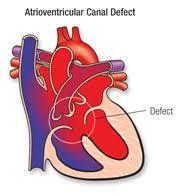
During the condition of the complete atrioventricular canal; there’s a hole at the center of the heart. The defect causes a mixture of oxygenated and deoxygenated blood and affects all four chambers. More so, the valves will fail to channel blood properly for circulation.
Aortic Valve Stenosis (AVS)
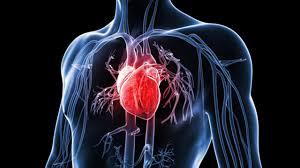
The heart pumps blood through its valves with pressure. If a valve leaks out blood because it doesn’t close or open well; it’s called the Aortic Valve Stenosis condition. However, when this happens; there would be pressure buildup that results in death in severe cases.
Arrhythmia
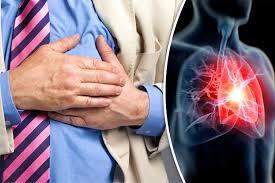
There are four major types of this heart condition. Normally, arrhythmia occurs when the heart’s electrical system fails to function properly. The heart condition is characterized by abnormal (erratic) heart rhythms, shortness of breath, rapid palpitations and dizziness.
Coarctation of the Aorta (CoA)

During the condition of coarctation of the aorta (CoA), there’s high blood pressure and heart damage in severe cases. The aorta that’s the heart’s main artery becomes narrow and affects the flow of blood to the body.
Heart Failure
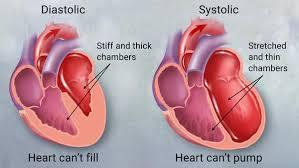
The myth that heart failure is a condition of sudden stoppage of heart functions is untrue. When your heart fails to pump enough blood that your body needs; it’s called heart failure. This condition doesn’t suddenly occur; rather it begins gradually when the heart doesn’t squeeze the amount of blood needed for basic functions.
I-transposition of the great arteries
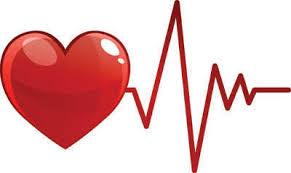
The I-transposition condition is a malfunction; the left and right lower chambers of the heart are reversed. This heart condition triggers a reverse flow of normal blood movement through the chambers.
Heart Attack (Myocardial Infarction)
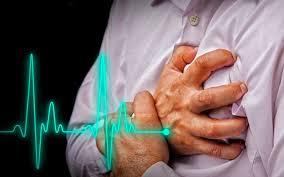
When muscles around the chambers of your heart don’t get enough supply of blood, they can become defective. There must have been an obstruction to the flow of nutrients, oxygen, and blood. However, heart attack victims should be given fast medical attention.
Total Anomalous Pulmonary Venous Connection (TAPVC)
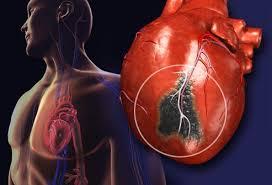
This heart disease is triggered by a defect in the veins that connect the heart and lungs. During Total Anomalous Pulmonary Venous Connection (TAPVC) condition; the oxygenated blood flows into a wrong chamber of the heart.
Peripheral Arterial Disease (PAD)
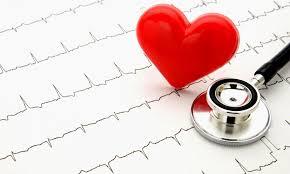
During the condition of Peripheral Arterial Disease (PAD); the arteries fail to supply oxygenated blood to other cells and tissues of the body. Atherosclerosis and fatty plaques can form blockages along the arteries that supply blood to the feet, calf, and thigh muscle.
Angina
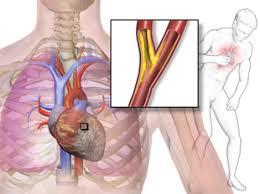
Angina is a heart condition that occurs when the heart fails to receive enough nutrients and oxygen. The feeling of pains and discomfort around the chest region is felt. When there are muscular spasms in the coronary arteries, people experience Angina. Exposure to cold temperatures can cause narrowing of the arteries and lead to Angina.
